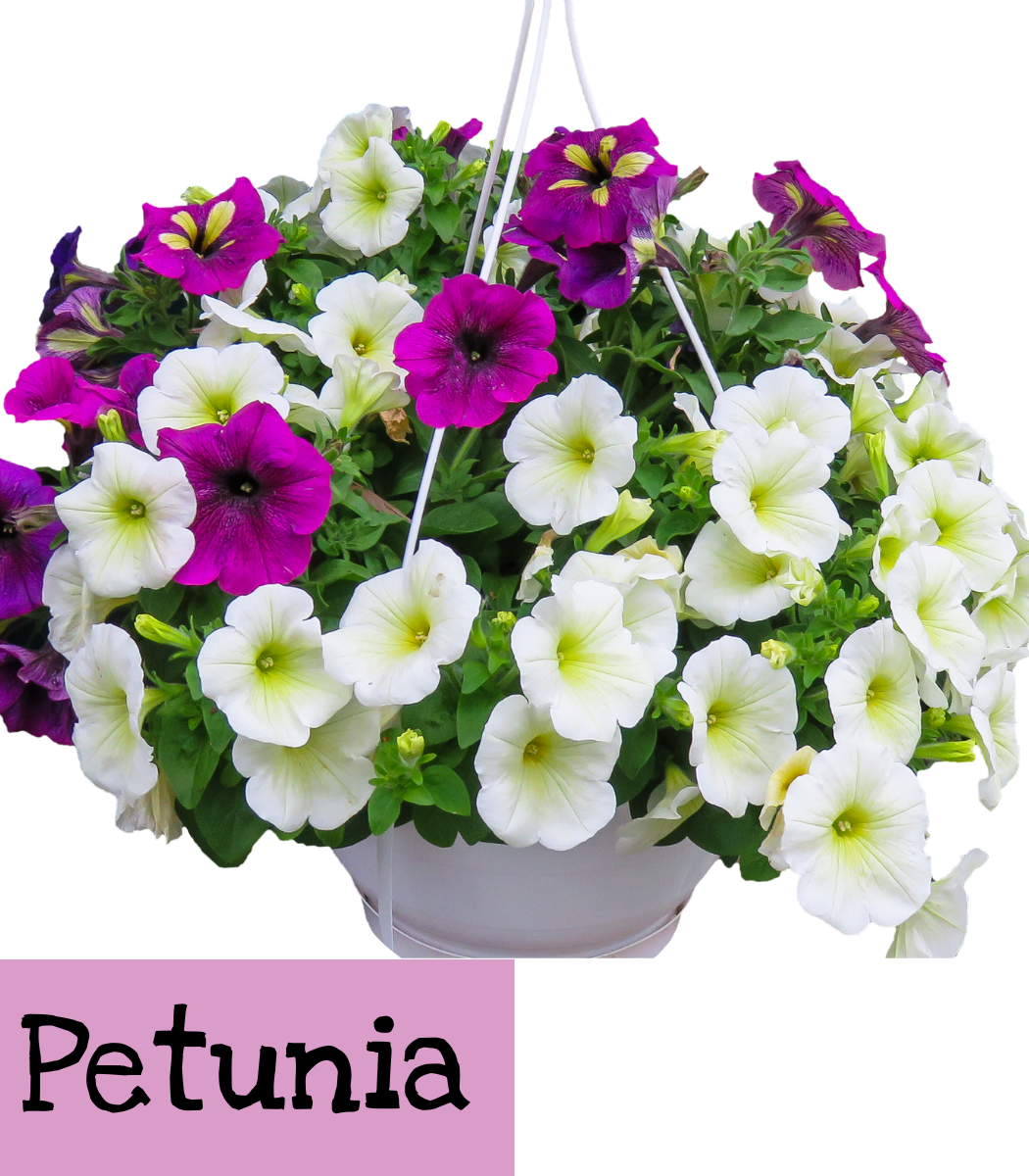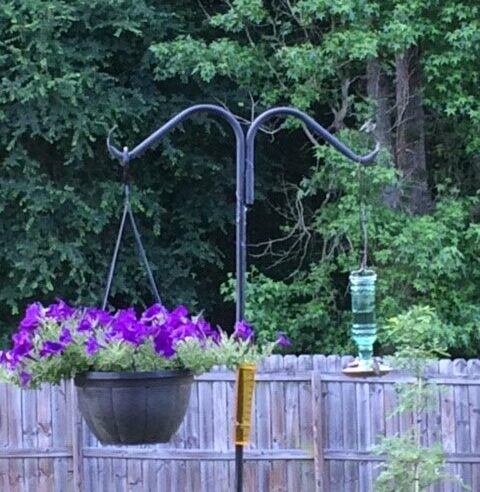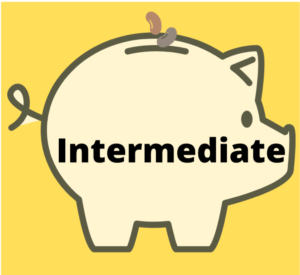
Petunia
Balcony mix and old fashioned vining are 2 varieties of petunia that once were very popular but lost popularity as newer hybrids were introduced. Petunias are fragrant and attract hummingbirds and other pollinators. They can be planted in hanging baskets or in the midst of a vegetable garden to attract pollinators and add a splash of color.
|
Balcony Mix; Wild Violet |
|
Balcony Mix: Petunia hybrida pendula Wild Violet: Petunia violacea |
|
Easy |
|
Intermediate |
|
5 years if properly stored |
|
Annual |
|
7-15 days |
|
None |
|
Surface Sow |
|
Balcony: Trailing Wild Violet: Low growing |
|
Seeds need light to germinate Full sun but will tolerate part shade |
|
Summer to Fall |
|
February, March, April, and May |
|
Yes |

Growing Tips


When to Plant
Spring: Start indoors 6-10 weeks before transplanting. (Feb – Mid-Mar for Jefferson, GA)
Transplant/Direct Sow: After all danger of frost has passed. (May 1 for Jefferson, GA)
How to Start
For earlier blooms, start indoors 6-10 weeks before transplanting. Gently press seeds into seed starting mix as seeds need light to germinate. Seeds can be slow to germinate, so just be patient and keep the soil moist but not soggy. Seeds will germinate sooner with a heat mat versus room temperature. Transplant seedlings after all danger of frost as passed.
To direct sow, surface sow into beds or containers after ALL danger of frost has passed. Keep the soil moist through out the germination process.
Care
Direct sow or transplant into full sun beds or pots. Petunias will tolerate part shade but prefer full sun. They like well-draining, humus-rich soil. Thin to 6-10 inches apart. Pinch young seedlings back to encourage branching and fertilize regularly. Deadhead to encourage more blooms until you are ready for it to go to seed.
When the plant starts to get leggy during the summer months, prune back the shoots to about one-half their size. After pruning, fertilize and water. The plant should reward you with more blooms.
My personal experience
I used to purchase a seedling for my hanging basket each year. Now I start from seed. Petunias are great for attracting hummingbirds, which is why I plant them. I have tried cascading, vining, and I guess what you would call bush. I like them all. They’ve gone in my flower garden, hanging baskets, and in with the pot with the cucumber.
I do find that pruning them back when they start to get leggy or spent, revitalizes them. It may seem a bit scary at first but I’ve pruned back around 1/3 of each plant and a short while later they are more filled out and have many more blooms.

Seed Saving

Isolation Distance
Insect dependent for pollination. Isolation ¼ mile or cage or bag blooms to prevent cross-pollination.
Instructions
Select healthy, robust plants free of any signs of disease or insect infestation for seeds. Seeds carry the traits of the parent plant. Choose plants that exhibit the traits you wish to preserve. Consider bloom size, color and shape, as well as blooming time.
Allow the biggest and healthiest blooms to mature on the plant. Mark which blooms are being saved with a colored twist tie or string. Let the flower fall off naturally. The seedpod is enclosed in the calyx, a bulbous structure at the flower’s base. As it matures it will turn from green to brown. Once the seedpod begins to crack, the seeds are fully mature. Cut the seedpod off the stem. Only cut off dry seeds pods as damp ones will mold and rot. Place pods in a cool, dry place. Spread the seed pods out to allow for good airflow. Let them dry completely, this can take about 1 week.
Once the seed pods are fully dry, you should hear the seeds when you shake the pod. Gently, crack or smash the pod to release the seeds into a bowl. Remove any plant debris by hand.
Features
- Attracts pollinators and humming birds
- Deer resistant
- Drought tolerant
- Container friendly
- Low maintenance
- Balcony Mix: Heirloom. An old-fashioned variety that was popular with gardeners in the first half of the twentieth century. It lost popularity as commercial growers introduced newer varieties. They are fragrant, edible, and trailing, making them perfect for containers. (rareseeds.com)
- Wild Violet: Heirloom. A low-growing South American native blooms all summer.
